
The art of connecting: artists and audiences
Artists and audiences are embracing the power of digital technology to connect with each other – so much so, according to research published by the Australia Council for the Arts, that the line between audience and artist is becoming increasingly blurred.
The report, In Real Life: Mapping digital cultural engagement in the first decades of the 21st Century, found – more and more – audiences expect to become part of the story, artwork or experience.
And while online innovation in the arts was already in motion, restrictions on visiting physical spaces during the COVID-19 pandemic accelerated the pivot.
In response, many cultural institutions and artists are embracing innovation to tell their stories and connect with audiences, says Jennifer Ganske, National Head of Arts and Tourism at nbn. These have included streaming live performances, creating virtual galleries, and delivering classes online.
“The creative industries are bursting with new professional options, development of new digital tools for the trade, and audience connectivity platforms as technology has fuelled new exciting opportunities and innovations.”
Jennifer says a great example of this is the evolution of arts within virtual communities.
“Artists can experiment with not only one-of-a-kind, digitally-created non-fungible tokens (NFT), but also art-centred video games and the Virtual Reality world.”
“Match these with connected galleries, virtual classes, and online immersive and digital interpretations of museums and collecting institutions, and you have a new global arts community at your fingertips.”

Digital mediums can amplify arts and culture, and give all Australians greater online access, whilst building and supporting the creative and cultural industries. We are committed to increasing digital engagement with arts and creativity to benefit all Australians, and support this growth."
Online art galleries
Just one example is the National Gallery of Australia’s online offering, which provides access to one of Australia’s finest art collections.
Visitors can view more than 155,000 works, from sculpture and paintings to jewellery, searching by artist name, period, style, or the title of the piece itself. These range from Salvador Dali’s eclectic Lobster telephone to Tom Roberts’ painting commemorating the opening of the first Parliament of Australia at Melbourne’s Exhibition Building in 1901.
Newcastle Art Gallery in New South Wales also offers several immersive 3D virtual tours including PAINTING MEMORY: From the collection, which invites online visitors to peruse 36 key paintings held by the gallery.
The experience, in which participants can zoom in for a closer look, click on extended captions and access videos, is designed to evoke stories about the paintings’ origins, shine a light on artists including Archibald Prize-winning Sir William Dobell, Margaret Olley AC and Brett Whiteley AO, and explain how their works came to be included in the collection.
Interactive installations
Looking for an ‘epic adventure into art’? Then head in-person to THE LUME Melbourne.
Australia’s first permanent digital art gallery, THE LUME is a multi-sensory experience that transforms some of the world’s finest paintings, such as those in the current Vincent van Gogh exhibition, into fully immersive encounters that redefine the appreciation of art.
Picture masterpieces, including The Starry Night coming to life as rippling light turns surfaces, such as walls, the floor and even patrons, into an animated canvas – all set to choreographed music in a 360-degree experience.
Mobile art
While very few have the means to hang an iconic piece of original art at home, the Google Arts & Culture app may be the next best thing for many.
A non-profit initiative, the app lets you dive into the collections of more than 2000 cultural institutions from across the globe including: The Metropolitan Museum of Art in New York City; Mauritshuis in The Netherlands (home to Girl with the Pearl Earring); and Musée d’Orsay in Paris.
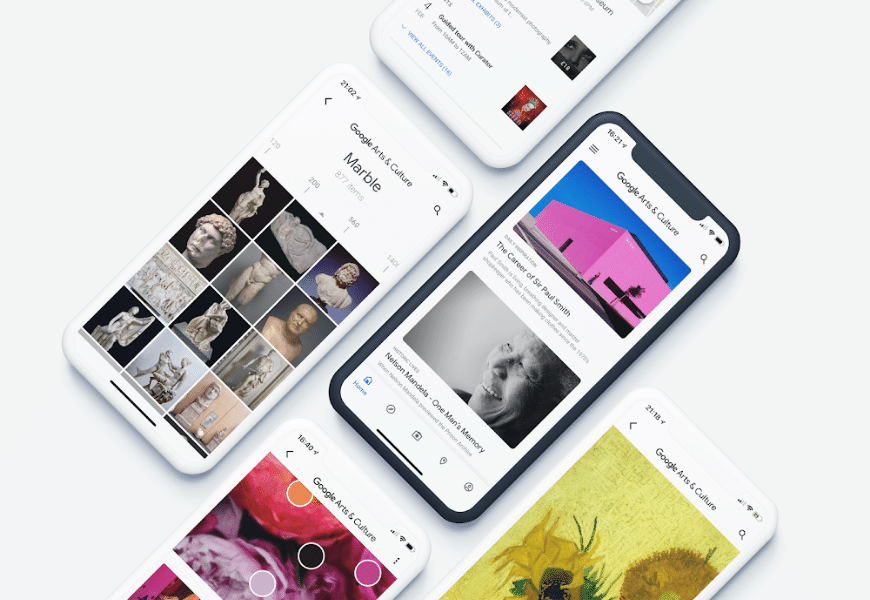
The app’s Augmented Reality feature, Art Projector, lets users see what a famous artwork, such as The Mona Lisa, would look like hanging in their own home, courtesy of their smartphone camera.
Art lovers can also explore a smorgasbord of other fun features.
From learning more about the world of Impressionist paintings, such as the work of Claude Monet, transforming photographs with classic art, to discovering famous portraits that look like you, and wandering through immersive 3D galleries.
Browsing and buying
If you’re keen to learn more about art or you’re in the market to purchase a piece, online destinations such as Artsy and Artfinder can help tick your boxes.
While both are selling platforms for artworks, they also offer visitors the chance to learn and browse before they buy.
Along with exploring the paintings for sale and touring 3D virtual galleries, Artsy boasts a weekly updated section highlighting curated works from emerging artists.
There’s even a valuation service for those looking to sell works from their own collection through online auction.
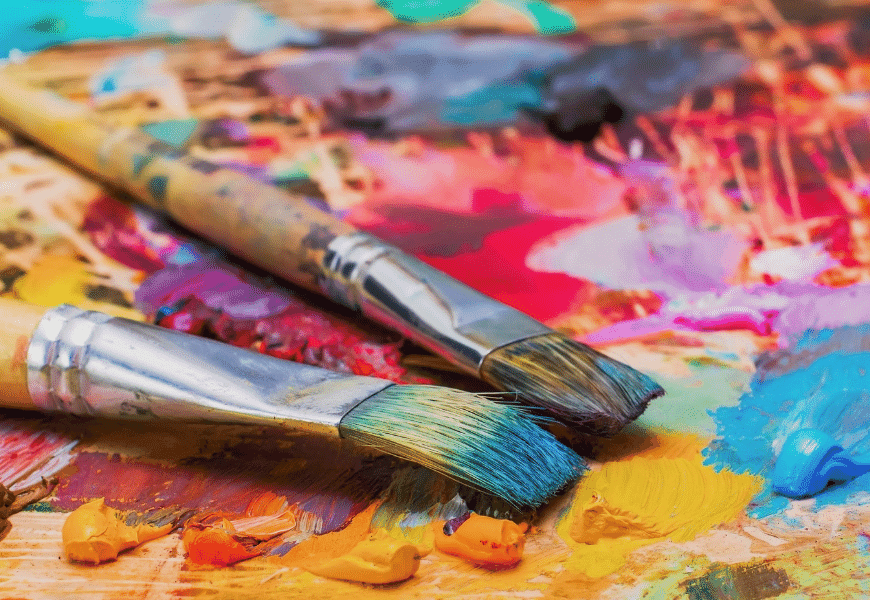
Artfinder not only offers the chance to purchase original, unique and affordable art from thousands of artists around the world, you can also help support them financially by buying directly from the creators themselves.
It’s all part of Artfinder’s mission: to build a world where artists can make a living doing what they love and where anyone can easily find and buy original art, no matter their taste and budget.
The site boasts a community of more than 7,000 artists from 108 countries, who contribute more than 15,000 new artworks every month.
Look out for the section highlighting the work of ‘popular artists in Australia’, including Anetta Dobrakowska, George Hall and Sharyn Bursic.
Viral art
Enthusiastic sketch artist Devon Rodriguez has embraced online connectivity as a way to share his portraits of mask-wearing New York City subway passengers dealing with life in a COVID-19 world.
His video recordings of the works in progress, which sometimes even include handing the completed artwork to his subject on the train, have gone viral on social media platform, Tik Tok.
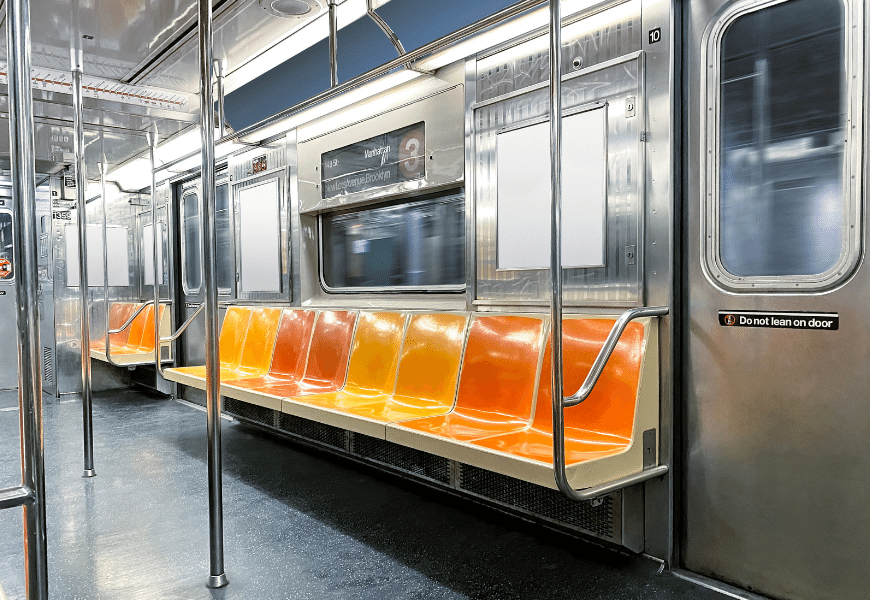
Online art lessons
Always wanted to create your own works of art but not sure how to get started? Online art courses are a good first step to help get the creative juices flowing without needing to leave home.
There’s a plethora of options available, such as ARTea Art School, which uses an interactive digital classroom to deliver professional art classes covering drawing, painting, sculpture and animation, tailored to children and adults.
Artist Murray Charteris offers free and paid online art lessons teaching participants how to draw and paint, while you can also enjoy free and paid lessons at Art Class Online with Donna Gibb.
Known for painting live on-stage at major events and functions, as well as teaching art classes in her studio for more than 28 years, the COVID-19 pandemic meant many events and Donna’s in-person classes were cancelled.
So, Donna took her talents online.
This included facilitating live art workshops via Zoom with attendees across Australia; recording painting lessons at locations ranging from South Australia’s Barossa Valley to North Queensland; and creating a comprehensive 13-video workshop on how to paint in acrylics.
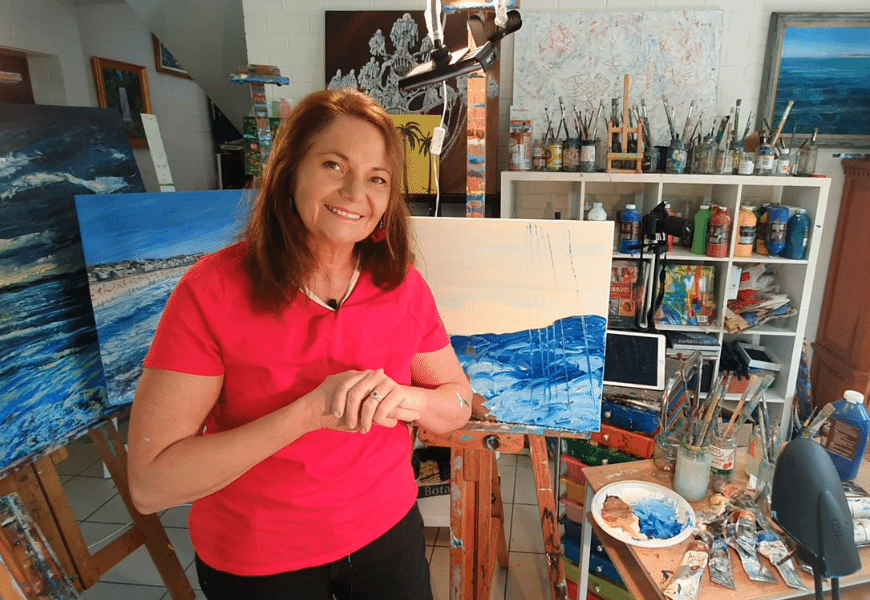
“Having a reliable* internet connection has been crucial to my online arts business,” says Donna.
“During COVID, for example, I did a Mother’s Day workshop connecting Mums and their daughters via Zoom.
“We had 13 participants around Australia and one in Switzerland! It was so great that the internet can provide us with the technology to bring people together on special occasions in a fun way.”
And moving into a house 12 months ago with services connected to the nbn™ network resulted in more benefits for her business.
“It has been so much easier for me to be able to edit my art classes, and much faster to upload to my website.”*
Talking art
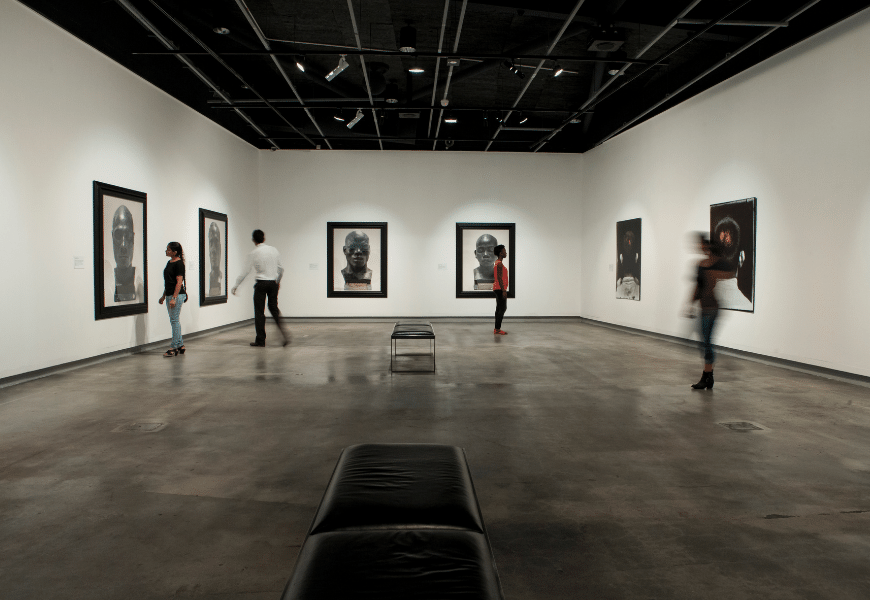
Brisbane based Griffith University Art Museum is a one-stop-shop for art lovers.
Along with enjoying visual tours, visitors can explore videos and podcasts of talks given by artists, Q&As, insights on the museum’s collection and YouTube videos of performances.
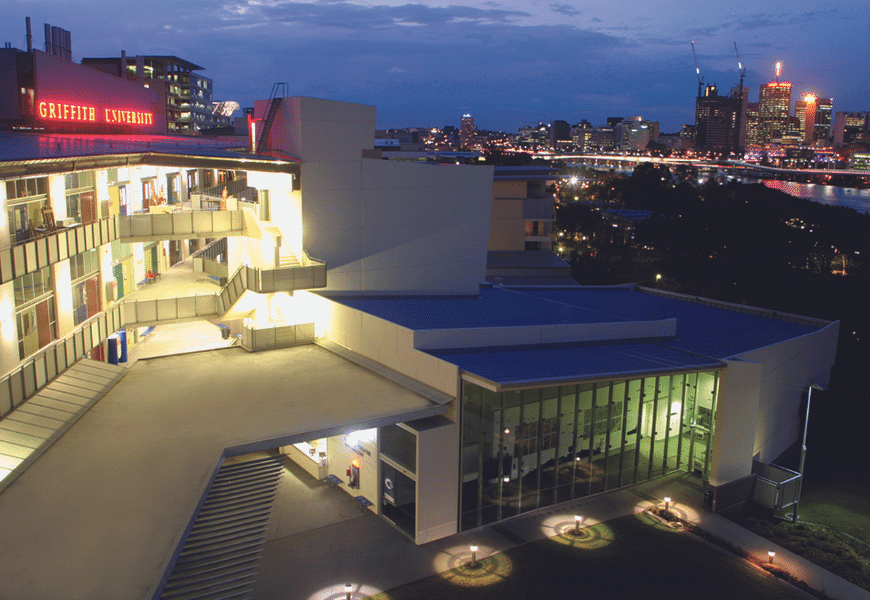
Art communities online
The COVID-19 pandemic has reinforced the importance of internet connectivity and social media as a way for artists to connect with each other and the public.
With more than 61 million members and 45 million visitors per month, Deviant Art describes itself as the world’s largest online social network for artists and art enthusiasts.
The stunning website is a platform for emerging and established artists to upload, exhibit and share their works, which range from photography to digitally-created works, sculpture, anime and traditional paintings.

